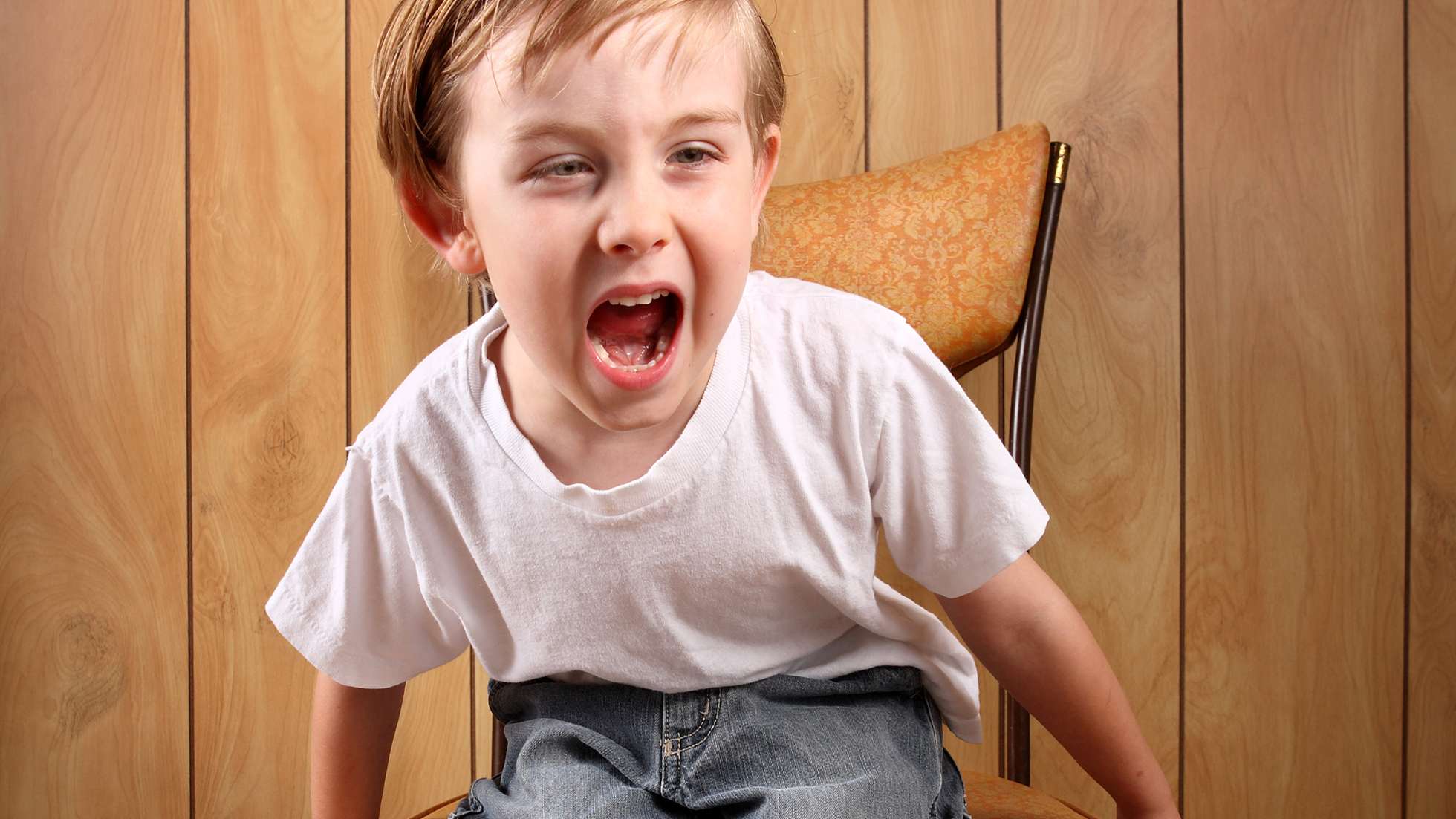Pro Parenting Tip On Getting A 2 Year Old To Listen
Let’s be real for a minute – parenting a toddler is tough. And when you have a strong-willed 2-year-old who refuses to listen, it can feel like you’re in the ring with a prizefighter.
As a mom of three who’s been there, I know firsthand how frustrating it can be to try and reason with a tiny human who’s determined to do things their own way.
But here’s the thing – it’s not because your child is a “problem child”. It’s because they’re going through a period of intense brain development, where they’re exploring the world around them and testing boundaries.
And as much as we want to pull our hair out sometimes, it’s actually a good thing – it means they’re growing and learning. So, how can you help your little one listen and cooperate without losing your mind in the process? That’s exactly what I want to share with you in this post. So, grab a cup of tea, take a deep breath, and let’s tackle this together.
This post may contain affiliate links. Full privacy policy and disclosure here.
The Toddler Mind – From A Parenting Point Of View
I actually STILL sometimes get into these completely useless arguments with my current 2 year old, and I literally know better by now.
Bedtime is always a struggle in our house, especially when it comes to my 2-year-old daughter Sarah. Recently, she refused to sleep with her white soother because she wanted the pink one. The problem was, the pink one was nowhere to be found.
I tried to reason with her, explaining that the white one was just as good, but she wasn’t having it. She cried and screamed for the pink one, refusing to settle down and go to sleep without it.
As a mom, it’s hard to watch your child struggle like this. I tried everything – offering a different toy, singing lullabies, even cuddling her – but nothing worked. I felt helpless and defeated, wondering if I was doing something wrong.
It’s moments like these that make parenting a strong-willed toddler so challenging. It’s not just about the soother – it’s about the frustration and helplessness of not being able to communicate and reason with a little one who’s determined to get their way.
And for Sarah, the struggle to sleep with the white soother was just one small example of the daily battles she faced as a toddler learning to navigate the world around her.
(My daughters name isn’t really Sarah but I’m trying hard to keep my children safe on the world of online – I just felt that I had to be honest with you- my dear reader!)
The Solution
Let’s face it, dealing with a toddler who refuses to sleep without their favorite soother can be a real challenge. But instead of getting frustrated or angry, it’s important to respond calmly and with a touch of humor if you can. For instance, when my daughter Sarah threw a fit because her pink soother was missing, I acknowledged her disappointment and offered a solution in a calm and reassuring voice. “I hear you, Sarah, you really love your pink soother, don’t you?
But since we can’t find it right now, the white one is available for you if you really need it. Who knows, maybe the white one will become your new favorite!”
By injecting a bit of calm and kindness into your response, you’re not only setting a clear boundary, but also showing your child that you’re on their side and willing to work with them to find a solution.
I believe it took about 10 minutes or so before Sarah started to calm down. My middle son, he would take a lot longer. All kids are so different!


This is the best parenting advice I’ve come across in a long time. These tips are practical, effective, and easy to implement. Thank you for sharing such valuable information with us!
I’ve tried so many different methods to get my toddler to listen, but none have worked as well as these tips. I’m so glad I stumbled upon this article. Highly recommend to any parent struggling with their child’s behavior
I’ve been using these techniques with my 2-year-old, and I’m blown away by the results. She’s listening more and throwing fewer tantrums. Thank you for sharing such valuable information!
As a new parent, I’ve been struggling to get my toddler to listen. This article has been a lifesaver! I’m so grateful for the helpful tips and advice.
I wish I had come across this article sooner! These tips have made a world of difference with my 2-year-old. I feel like I can finally communicate with her effectively. Thank you!
I love how practical and easy-to-follow these tips are. As a busy parent, I don’t have a lot of time to read long articles, so this was perfect for me. Can’t wait to try these techniques with my toddler!
I was skeptical at first, but these tips really do work. My 2-year-old is now listening and following instructions without any issues. Thank you for sharing such valuable advice!
Finally, a parenting article that actually works! My 2-year-old has been refusing to listen, but after trying these tips, I’ve seen a major improvement in her behavior. Thank you!
I can’t thank you enough for this article. I’ve been feeling so frustrated with my toddler’s behavior, but these tips have made a huge difference. Highly recommend to any parent struggling with their little one.
This parenting tip is a game-changer! I’ve been struggling to get my 2-year-old to listen, but these techniques really work. Thank you for sharing!